Erez Marom Photography
Article: The What and Why of Wildlife Macro Photography
Posted on 22nd July, 2014 - Back to Blog Listings
When I teach macro photography, I usually begin with a statement and two questions. The statement is that I, as a nature photographer, teach macro photography in the wild. The two immediate questions that stem from this are 1) what is macro? and 2) why shoot macro in the wild? In this article I'll try to answer these questions, as well as elaborate a little bit about the essence of macro.
So, what is macro photography?
There is more than one answer to this question. Specifically, there's the technical answer, and there's the everyday answer. I'll get technical enough later on, so for now I just want to explain that when I say "macro", what I refer to is shooting from very close distances. Now, those of you with a technical approach and not much time to waste will probably frown at an answer like this. But in my eyes, this answer envelopes much more of the essence of macro than any technical answer could possibly contain. Yet what do I mean by "close distance"? Simply put, I mean "much closer than any other type of photography". If bird or mammal photographers shoot from tens or hundreds of meters away, and street or portrait photographers shoot at a few meters distance (give or take), the macro photographer is usually no more than half a meter away from the subject, and it can get as close as 4-5 cm! Now that's close.
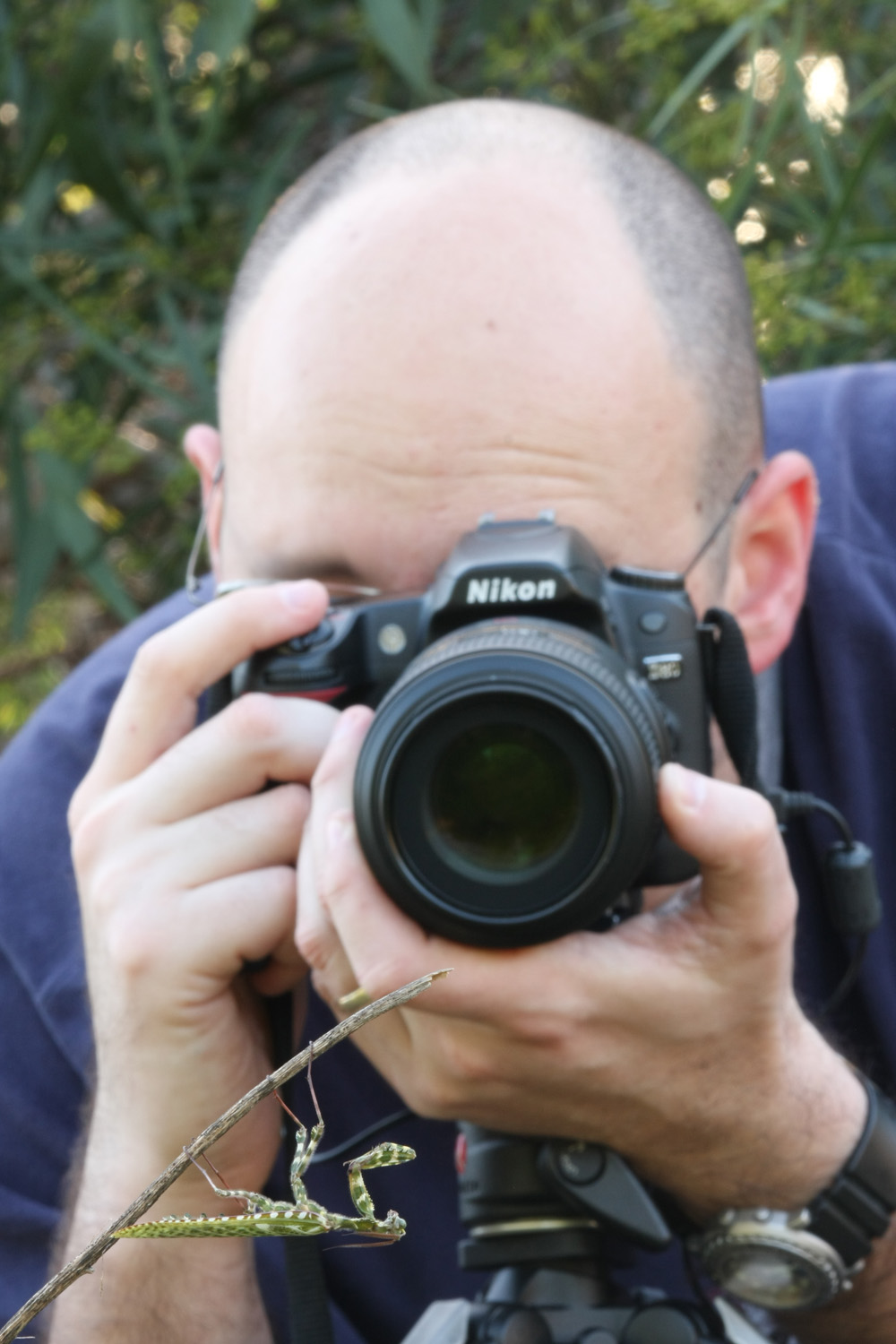
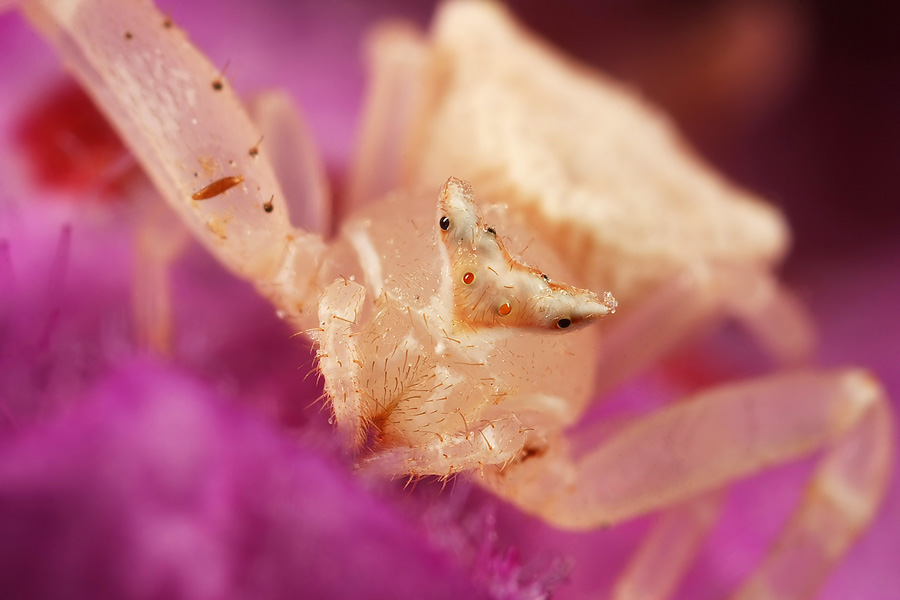
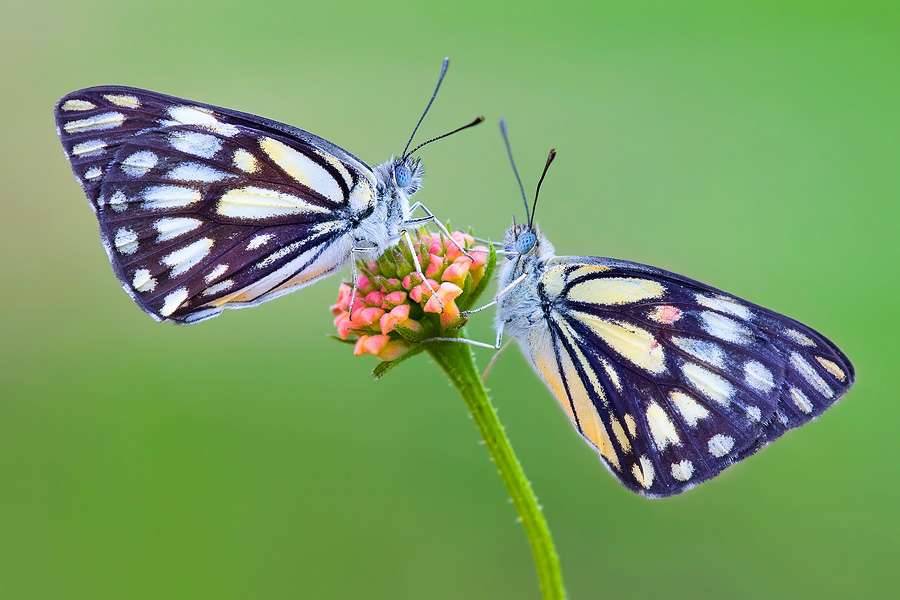
But we don't shoot that closely without reason, nor does it come without consequence. The meaning of shooting up close is present throughout the photography process, and it has numerous advantages and disadvantages stemming directly from this simple, fundamental characteristic. To understand macro, you have to learn what it means to shoot close. In fact, it is explaining exactly this which is my main goal in this series of articles.
As for the second question - why shoot in the wild - the answer to that is threefold.
Firstly, shooting tiny aliens is the most fascinating, exciting, forget-all-your-troubles experience a photographer can get. The minute animals aren't only crucial for our existence here on earth, but their colors, structure, behavior and interaction with the living world are simply unparalleled. Shooting earrings or sushi is considered macro, and can get you fine dollar, but in all honesty- can a nature-lover even begin to compare that to shooting a hovering dragonfly or a spider in the midst of a vicious hunt? I seriously doubt it, and so this is the first reason to shoot in the wild.
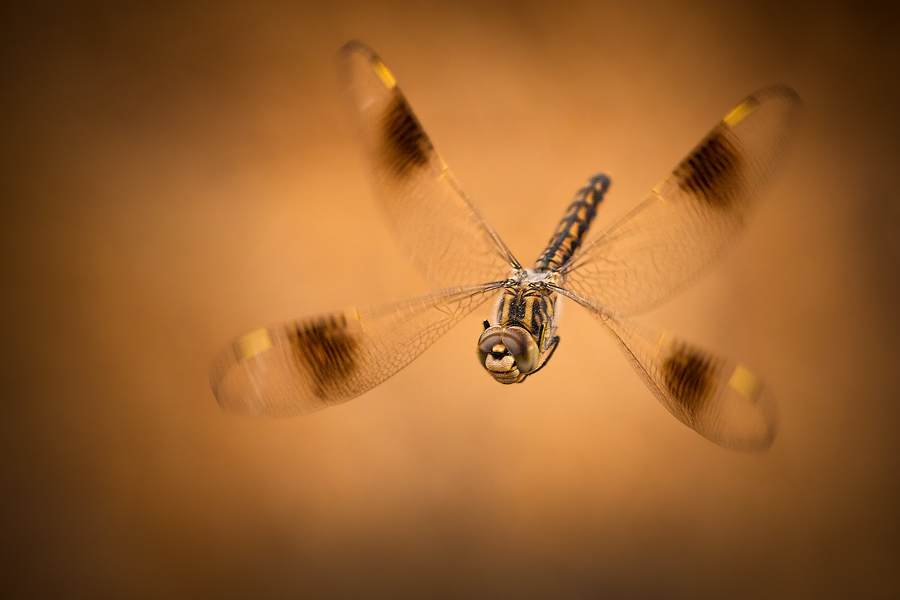
The second reason is a deeper one: Shooting in an uncontrolled environment, namely nature, is fundamentally harder than shooting in a controlled environment, namely a studio. In nature you can't tell the sun when and where to shine, or tell the wind to stop blowing and moving your subject. You can't decide which species you encounter and whether or not they feel like staying around for a quick snap. You can't prevent a bird from snatching a praying mantis just when you finished composing and focusing (true story). Nature is essentially uncontrollable (or at least seemingly so), and thus a lot can go wrong- and it does. This suggests that if you master the art and craft of shooting in the wild, it'll be relatively easy to shoot in the studio.
Wait a second before sending hate-mail about me disrespecting studio photography! I deeply respect the studio art. Some of my favorite shots were made in-studio, and the results obtained in a highly-controlled environment can be nothing short of amazing. Yet in a studio there's no sun, no wind, no shifting clouds or rain, and you can pretty much control everything except animal behavior. That makes shooting in-studio easier, at least in principal.
But there is more. Nature and wildlife photographers need to shoot in the wild. The whole thing about nature photography is showing the beauty of the world surrounding us, its intricacy and diversity. And that just can't be done in a studio, high-tech as it may be. Philosophically and ideologically, wildlife photography should be done in nature, nowhere else, and so that's the third reason for doing it.
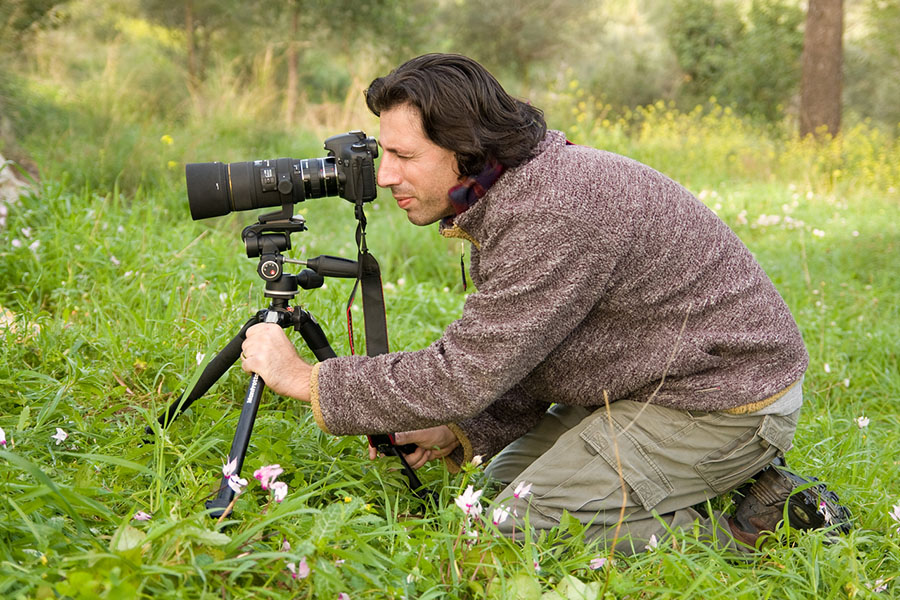
A quick yet important statement: All the shots you will see in this article, and in the rest of the series, show animals that are: 1) alive (unless being eaten by another creature), 2) absolutely free and unharmed, and 3) in their natural surroundings. These three traits are especially important, so I'll elaborate.
Alive- well, that's self-explanatory, but there are photographers out there who shoot dead subjects. I'm ok with that, as long as the subject isn't claimed to be alive, and isn't killed on purpose just for the shot. Some special kinds of photographs, such as those taken using a scanning-electron-microscope (SEM), require the subject to be gold-plated or cut in cross-sections, and so it needs to be dead. I personally don't do that kind of photography, but I have no problem with it. Yet there is something I do have a problem with- animal abuse, and that's where trait 2 is important. Believe it or not, some "kind souls" have the gruesome habit of abusing subjects just to get a shot! Needless to say, all of the shots you'll see here are abuse free.
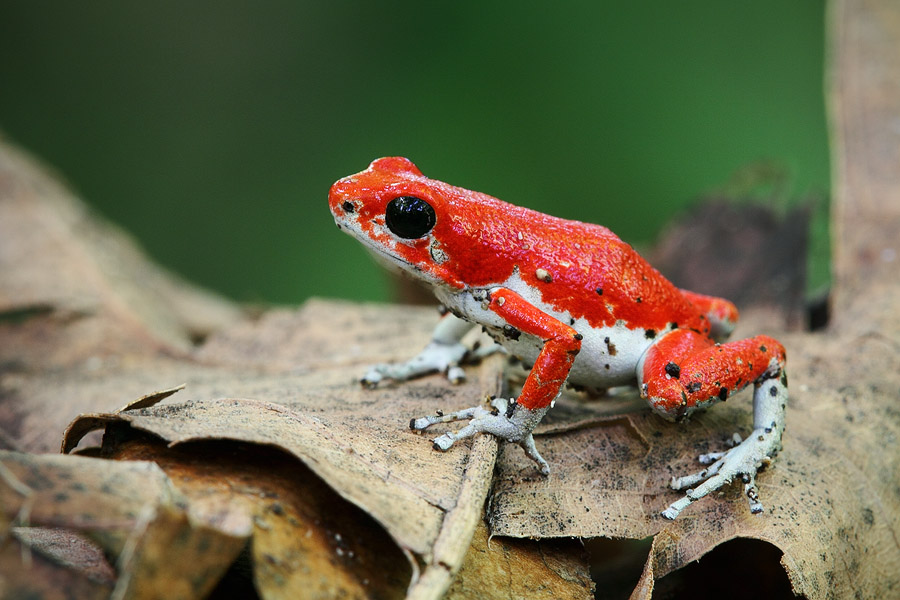
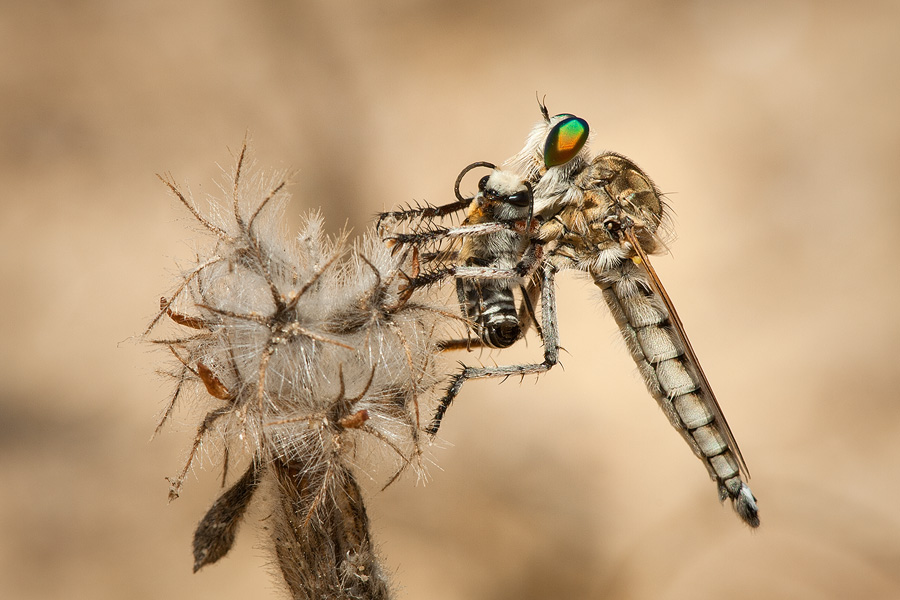
As for natural surroundings - it's important to remember that you can really hurt an animal if you pull it away from its habitat. Lots of insects are dependent upon the plants you find them on, so even if you replace them for a shot, put them back on the same kind of plant when finished. The same goes for amphibians, and practically any other kind of animal.
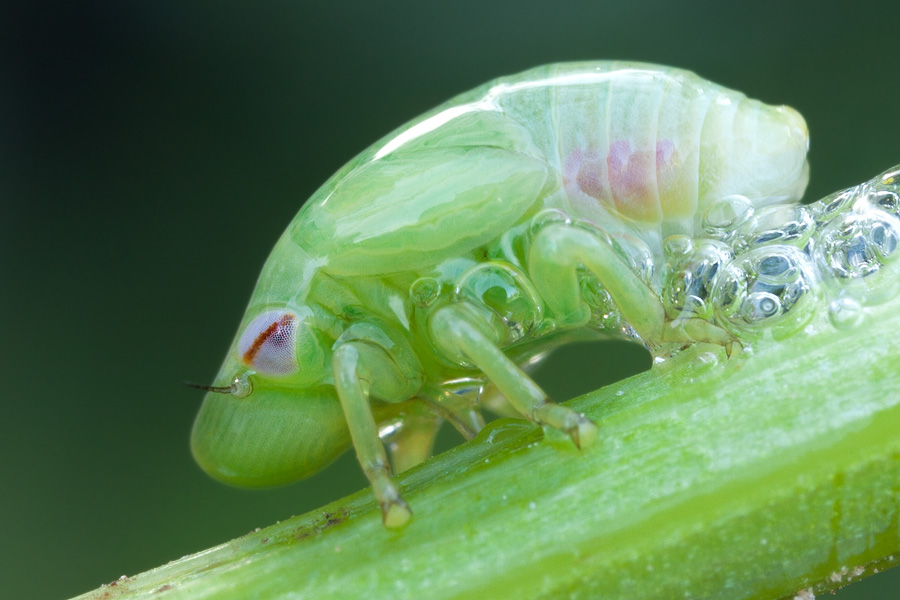
A very small number of the shots you'll see here were taken in-studio, and I'll always declare this when presenting them.
OK, by now we have a good starting point, but a huge amount of questions can still be raised when presented with this introduction. One can ask what it is that's so different when shooting up close, or how we talk the insects into cooperating for a shot. What equipment should we use? How do we take care of lighting a macro shot, and how should we post-process it? These questions, among many others, will be answered in the following articles.
